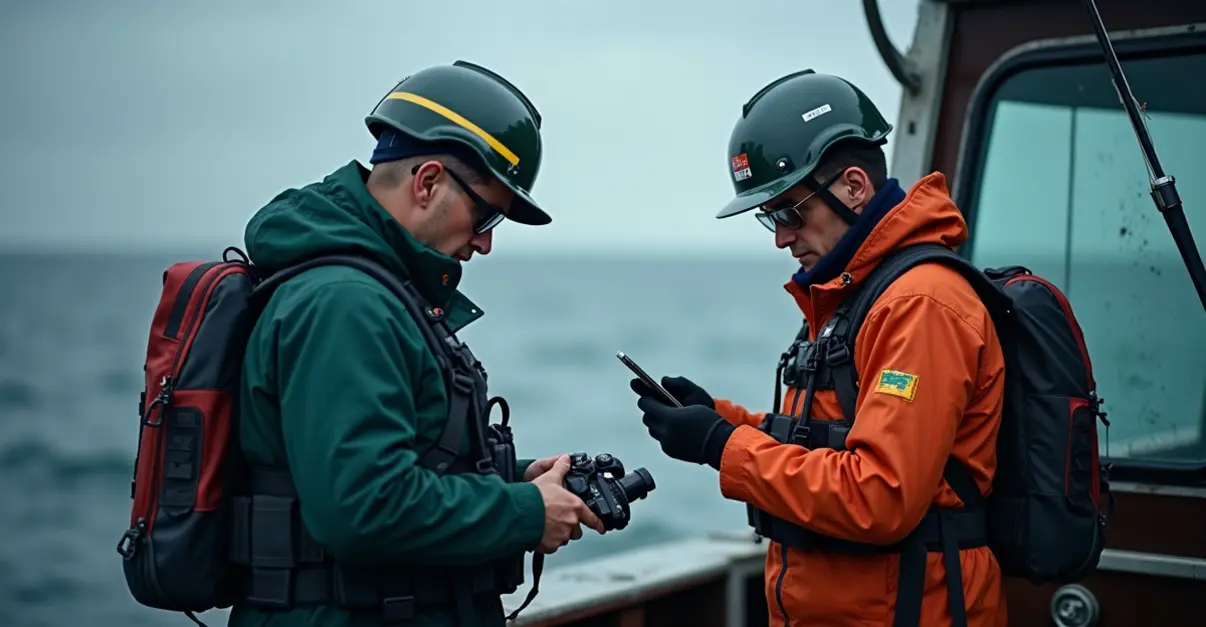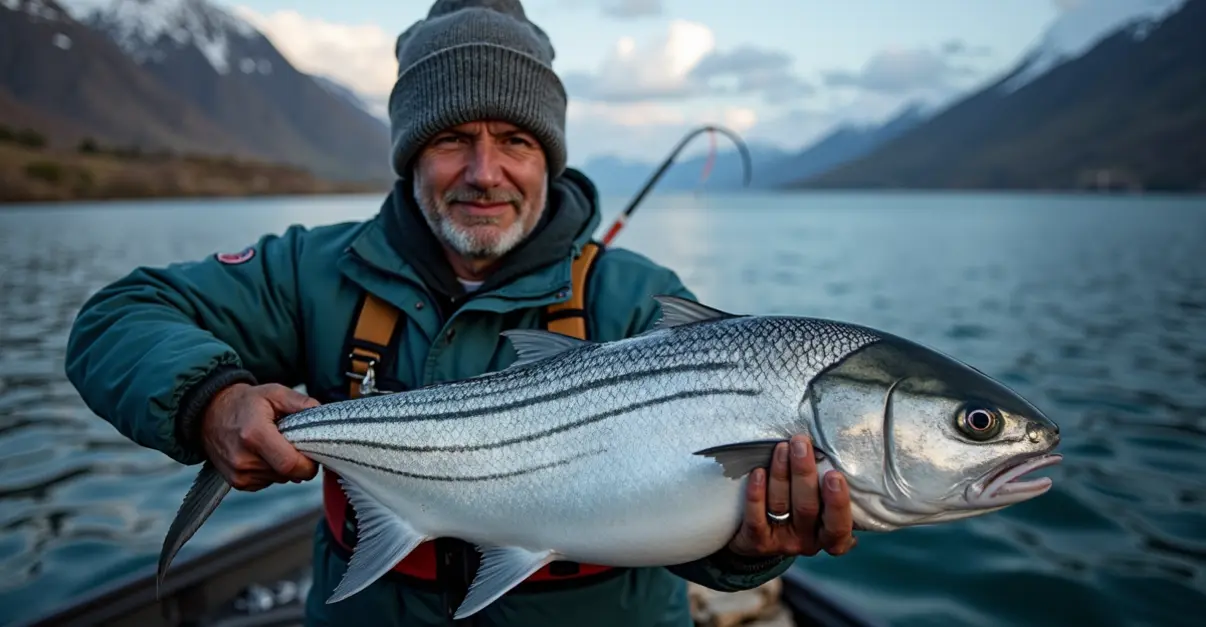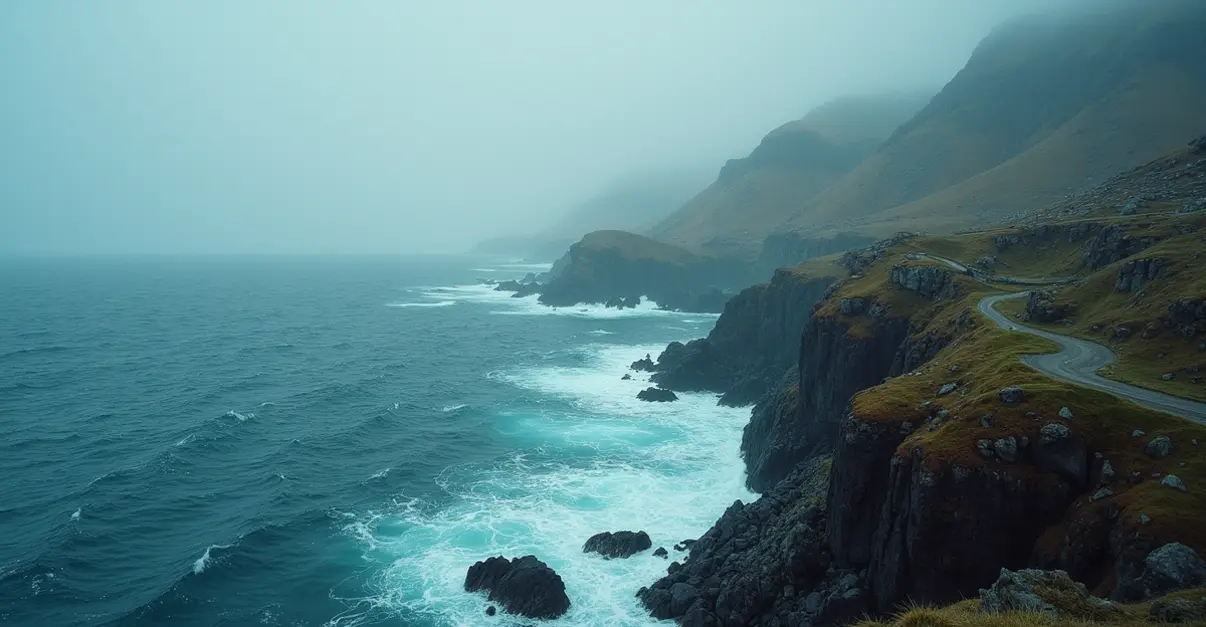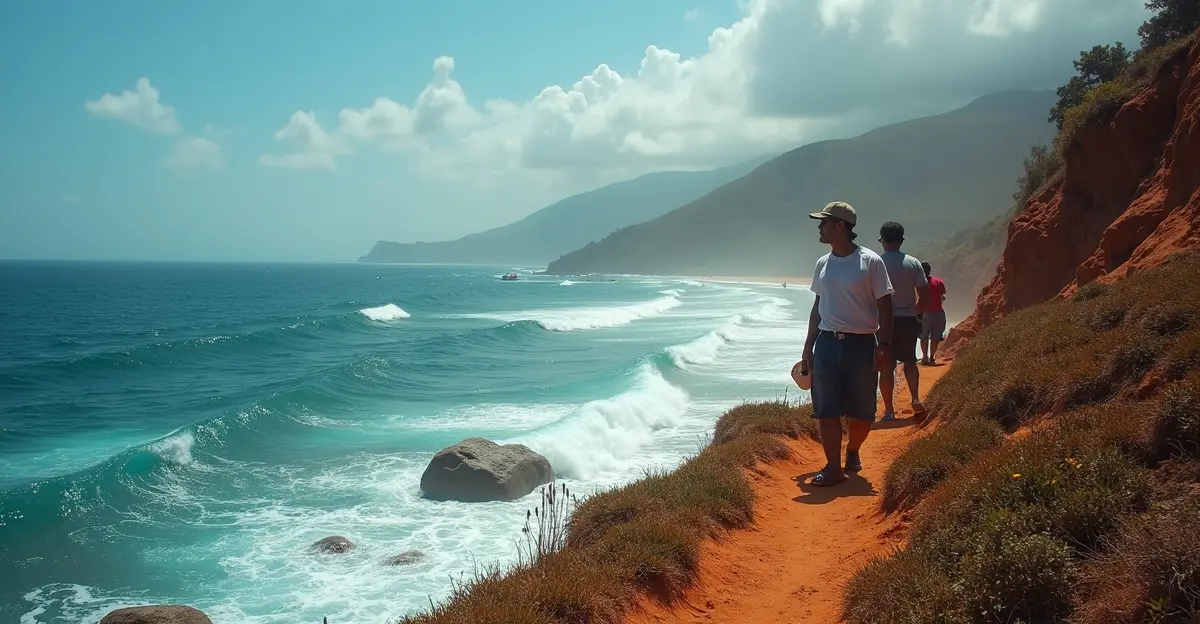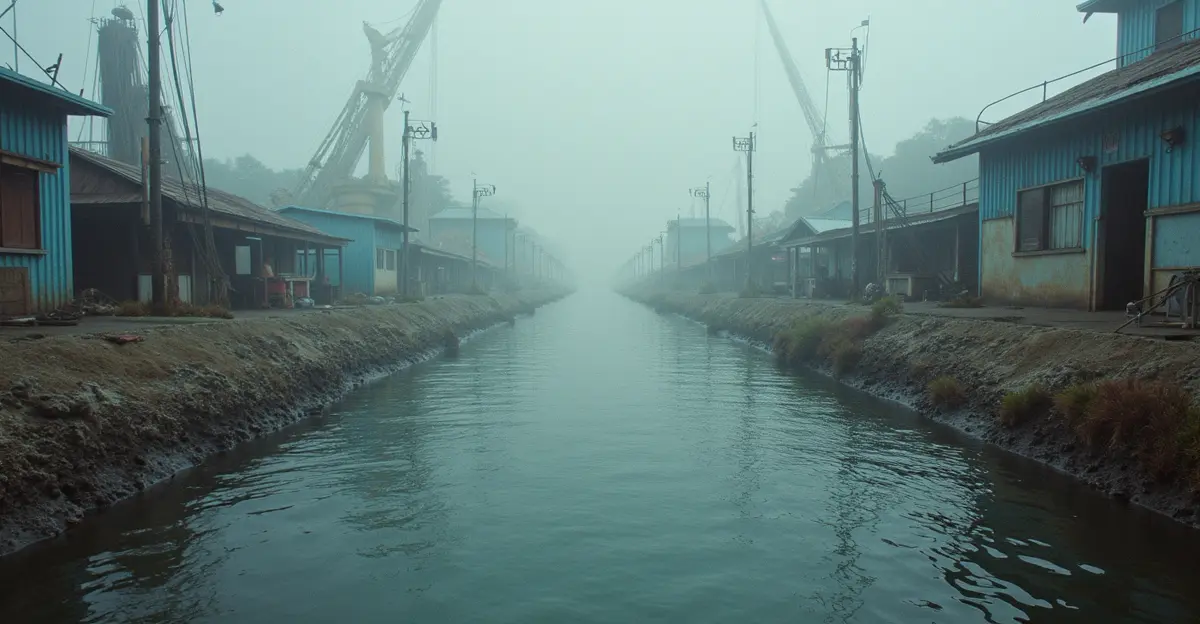Satellite technology combined with AI is revolutionizing marine conservation by detecting illegal fishing in protected areas. While 78.5% of MPAs show no commercial fishing, enforcement challenges and community livelihood impacts require balanced solutions.
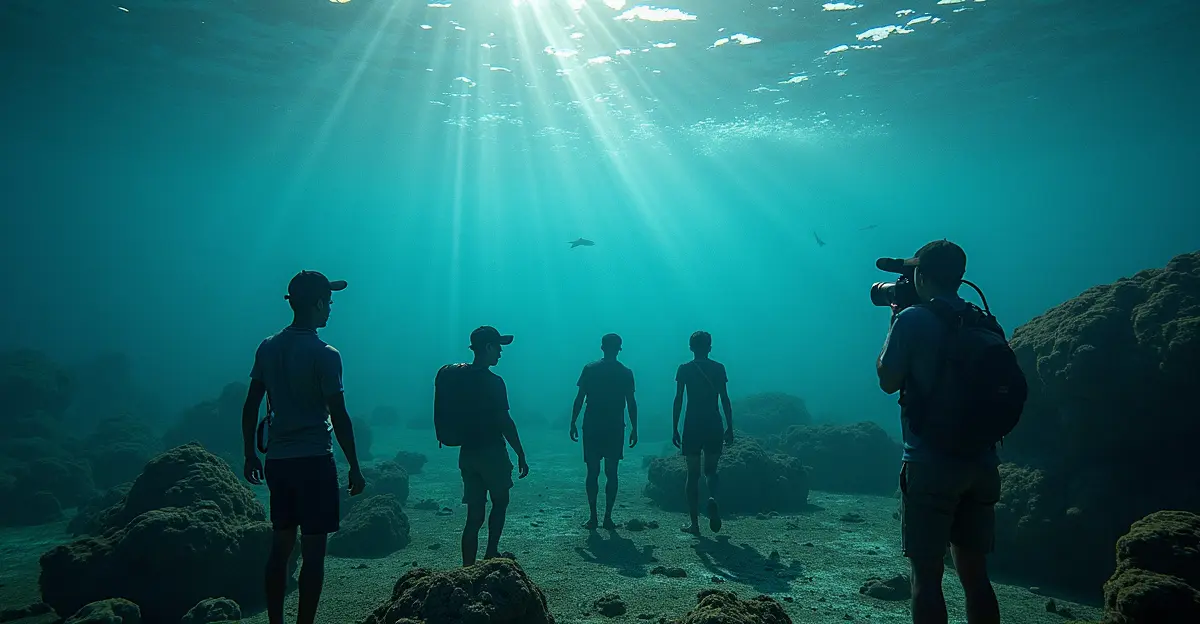
New Technology Revolutionizes Ocean Conservation
A groundbreaking study published in Science reveals that satellite imagery combined with artificial intelligence can effectively detect illegal fishing activity in marine protected areas (MPAs). The research analyzed 1,380 MPAs globally and found that 78.5% had no commercial fishing activity, demonstrating that strict marine protections work effectively. "This technology gives us eyes on the ocean like never before," said Dr. Sarah Jenkins, a marine conservation researcher at UC Santa Barbara.
Enforcement Challenges and Solutions
Traditional enforcement methods have struggled to monitor vast ocean territories, but new satellite technology is changing the game. The study used a combination of Automatic Identification Systems (AIS) data and Synthetic Aperture Radar (SAR) satellite imagery to detect vessels, including "dark vessels" that don't broadcast their location. Researchers found that AIS data alone missed nearly 90% of fishing vessel detections within MPAs, highlighting the importance of this new methodology for comprehensive ocean monitoring.
Impact on Community Livelihoods
While MPAs are crucial for biodiversity conservation, they often create immediate economic hardships for coastal communities. According to research from Scripps Institution of Oceanography, communities face significant challenges when traditional fishing grounds become protected areas. "We need to balance conservation with community needs," explains Maria Rodriguez, a fisheries community advocate. "When fishing communities lose access to their traditional grounds without alternative income sources, both people and conservation suffer."
Global Overfishing Crisis
The Food and Agriculture Organization reports that approximately 34% of global fish stocks are currently overfished. This unsustainable practice threatens marine ecosystems and the livelihoods of millions who depend on fishing. Illegal, unreported, and unregulated (IUU) fishing exacerbates this crisis, causing severe environmental damage and undermining legitimate fishers' livelihoods.
Innovative Conservation Approaches
Researchers are developing new frameworks like "Marine Prosperity Areas" that integrate conservation with community economic development. These models include targeted financial investments in local communities during active restoration periods, supporting initiatives like ecotourism, sustainable aquaculture, and artificial reef creation. "We're seeing success stories where communities become conservation partners rather than adversaries," notes Dr. Carlos Mendez, a marine policy expert.
Future of Ocean Governance
The successful implementation of satellite monitoring technology represents a major step forward in ocean governance. Strongly protected MPAs were found to have nine times fewer fishing vessels per square kilometer than unprotected coastal areas. This technology supports global conservation goals like protecting 30% of the ocean by 2030 while ensuring that enforcement keeps pace with conservation ambitions.
Community-Centered Solutions
Effective fisheries management requires addressing both ecological and social dimensions. Studies show that when communities are engaged in conservation planning and benefit from protection measures, compliance increases significantly. "The key is co-management and shared benefits," emphasizes fisheries economist Dr. Lisa Thompson. "When local communities see tangible benefits from conservation, they become the strongest protectors of marine resources."

 Nederlands
Nederlands
 English
English
 Deutsch
Deutsch
 Français
Français
 Español
Español
 Português
Português




